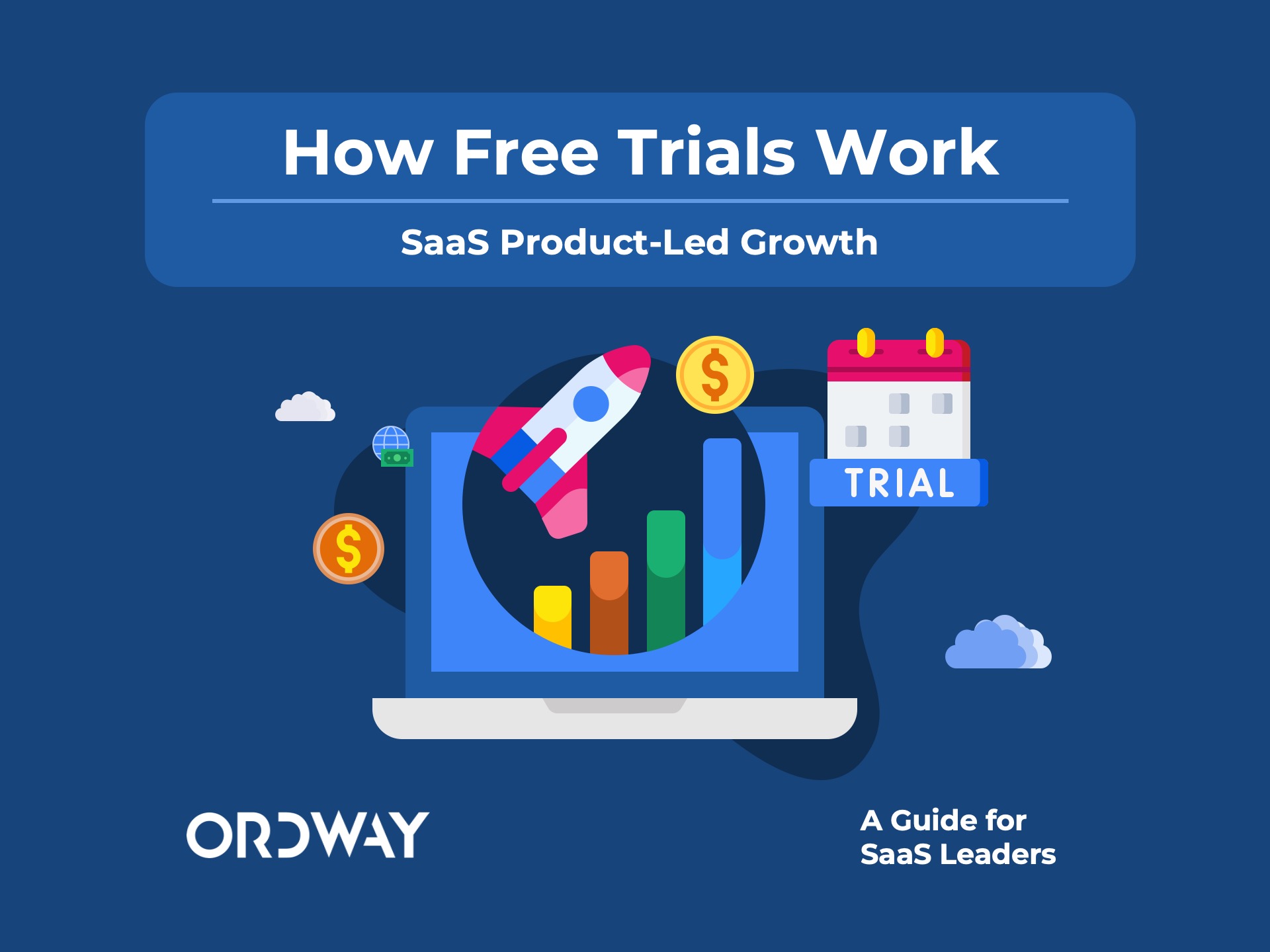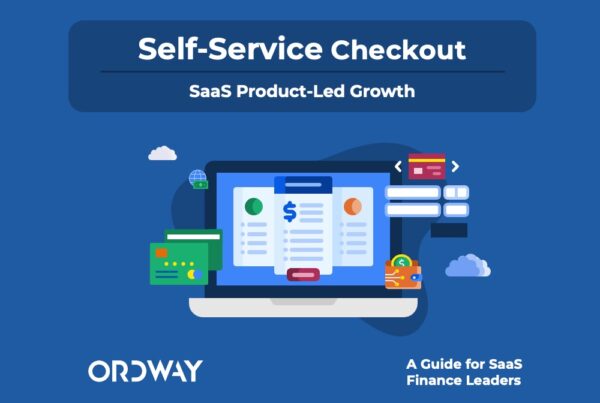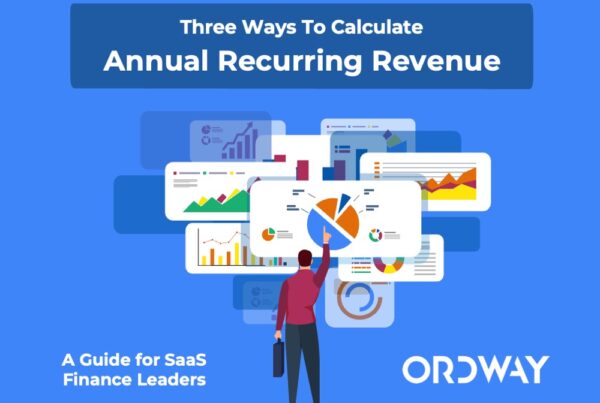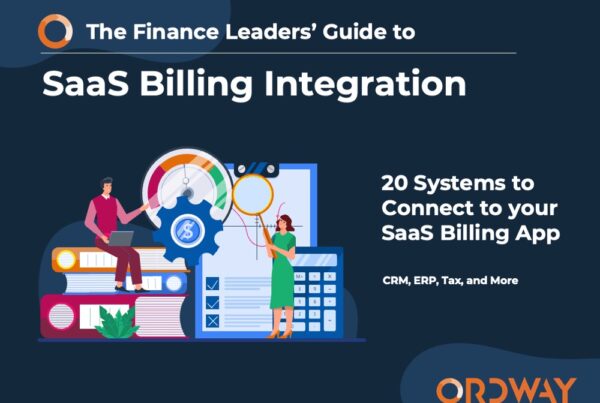How SaaS Free Trials Work
Product Led Growth Strategies
Free trials are one of the most effective new customer acquisition strategies for SaaS companies. Prospective customers are offered access to full-featured version of the product for a short duration of typically 14 or 30 days. During the trial period the customer can gain hands-on experience with the SaaS product to understand how it works and the value it provides. At the end of the trial period, the customer can either upgrade to a paid plan or downgrade to a limited feature version of the product. Free trials are an important element of product-led growth (PLG). Unlike traditional “sales led” growth (SLG) models, PLG offers customers a self-directed buying experience that is not aided or controlled by a sales representative.
Download the eBook
- Free trial vs freemium
- Opt-in vs opt-out models
- Trial registration
- Guided onboarding and tours
- Conversion to paid plans
- Payment capture and checkout
Three New Customer Acquisition Strategies
Product Led Growth
Product-led growth companies have three primary strategies for converting paid customers. Each option offers different purchasing time frames and levels of product exposure during the buying process. Some companies combine these approaches to optimize conversions, starting with a SaaS free trial and, upon expiration, shifting the customer to a freemium plan.
- Buy Now Online – The customer decides to purchase the product after landing on the website. There is a self-service-service checkout that allows the customer to purchase directly online.
- Free Trial – The customer registers for a free trial to experience the paid version of the product. At the end of trial, the customer decides to upgrade to a paid plan using a self-service checkout.
- Freemium – The customer registers for a freemium plan with limited features. At some point in the future the customer decides to upgrade to a paid plan using self-service checkout.
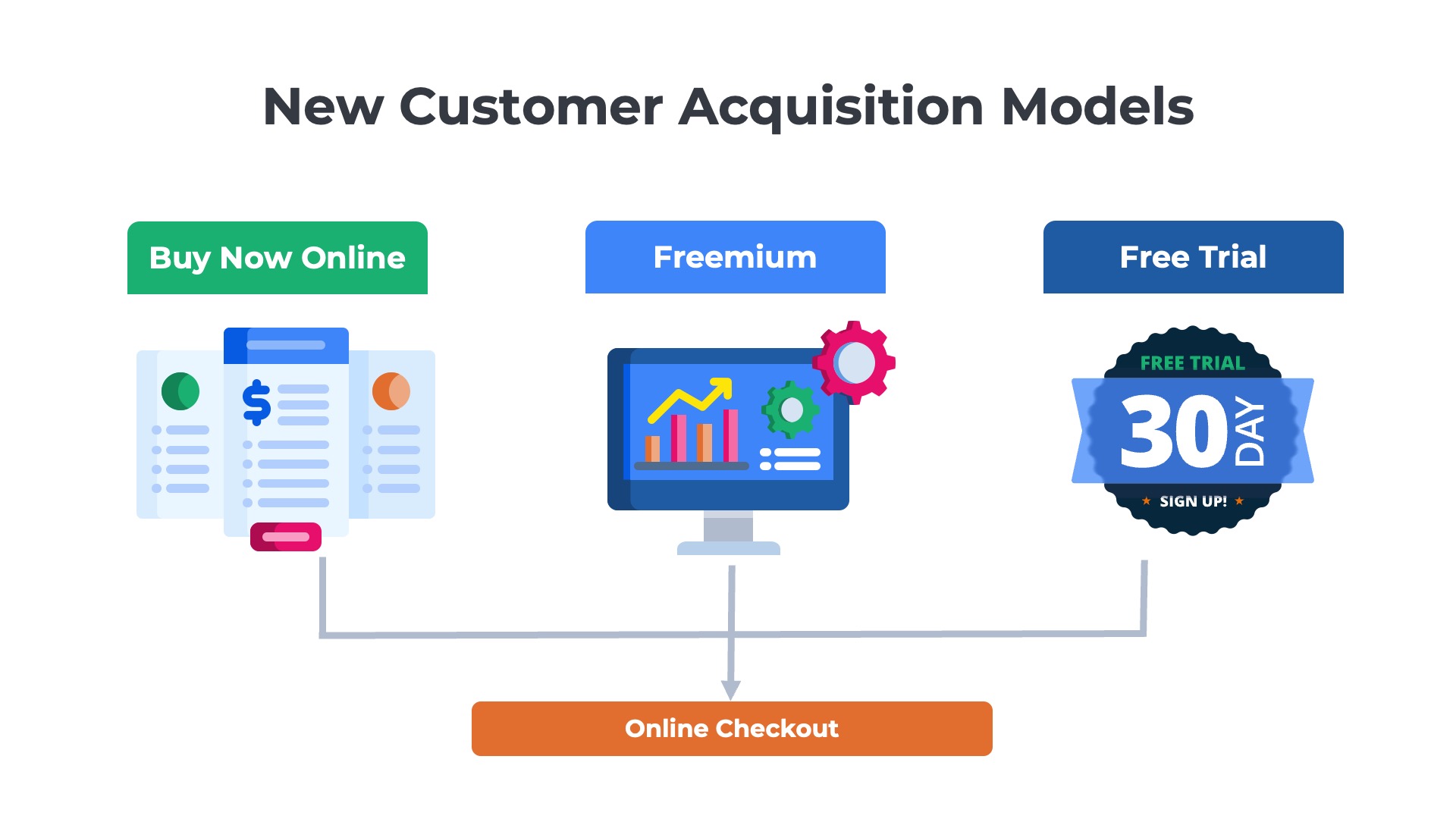
Go-to-Market Motions for SaaS Free Trials
In the traditional SaaS go-to-market motion, the buying process is orchestrated by an account executive on the sales team. The customer visits the SaaS company’s website and requests a sales consultation or product demonstration. An account executive (AE) is assigned to the customer. Along with a solution consultant, the AE walks the customer step-by-step through the buying process, hopefully ending with a signed contract. However, free trials are different. They are often self-directed without the sales rep controlling the process.
Self-Directed Trials
SaaS providers with free trials focus on building full-featured products that are highly intuitive and easy for customers to learn by themselves. The strategy is to get the product to sell itself. By offering the customer free access to the fully featured, paid version of the product, SaaS companies are placing a bet that customers will quickly see the value and commit to a paid subscription.
Sales-Assisted Buying
Often, however, the customer does need a little handholding and encouragement to convert to a paid plan. During the free trial period, the SaaS provider will send automated emails, conduct sales outreach, and use in-app notifications to encourage customers to adopt the product.
There are several different variations of the options above. For example, the sales assisted buying can be managed by an account executive from the SaaS company or by one of their channel partners, such as a reseller. The free trial can be initiated on the SaaS company’s website or through a third-party marketplace.
Five Variables for SaaS Free Trials
Not all SaaS free trials are the same. SaaS providers optimize for conversion using different combinations of five variables: 1) access, 2) plans, 3) duration, 4) expiration paths, and 5) payment capture strategies.
1) Access
Some SaaS free trials are gated, meaning the customer must request trial access. Access is granted after a discovery call with a sales rep. Most trials are open and ungated. The customer registers on the SaaS provider’s website and is immediately granted access to the product.
2) Plans
SaaS companies offer multiple tiers of plans. The “good-better-best” paradigm is the most common. Some SaaS providers only offer free trials for their lower tier “good” and “better” plans. Few, if any, SaaS providers offer trials for their top-tier enterprise plans.
3) Duration
Most free trials are either 14 or 30 days. The goal of the shorter 14-day period is to create a sense of urgency via a deadline to motivate the users to test the product before they lose access to the premium (paid) features. Longer, 30-day trials are designed to build stronger product adoption for day-to-day activities. If the user becomes dependent on the product, there will be a higher probability of conversion.

4) Expiration Path
At the end of the free trial, the customer will be encouraged to upgrade to a paid plan. For those that elect not to upgrade, the SaaS vendor can either 1) downgrade them to a freemium version of the product with fewer features or 2) remove access altogether. The most common approach is the freemium downgrade. Freemium keeps the customer engaged with the longer-term goal of converting them to a paid plan.
5) Timing of Payment Capture
Perhaps the most important decision a SaaS company needs to make about the free trial is when to collect the payment method. There are two popular approaches:
- Opt-Out Model, which collects payment at the start
- Opt-In Model, which collects payment when/if the customer upgrades.
There are both opt-out and opt-in models for free trials. Freemium plans are only opt-in.
Opt-In vs Opt-Out SaaS Free Trials
Even with the free trial motion, there are several different flows that SaaS companies use to drive customers from a free plan to a paid one. For example, the checkout process can occur at the start or end of the free trial.
Opt-Out
Payment Capture and Checkout at the Start of the Trial
The customer signs up for a free trial, which automatically converts into a paid plan when the trial ends. The customer can cancel at any time before the trial ends, but they must take action to opt out. If they cancel the free trial, the customer is automatically downgraded to a freemium plan. In this model, the checkout process occurs upfront during the trial registration. Before they are given access to the trial, the customer must select their preferred plan, billing frequency, and subscription length and supply a payment method.
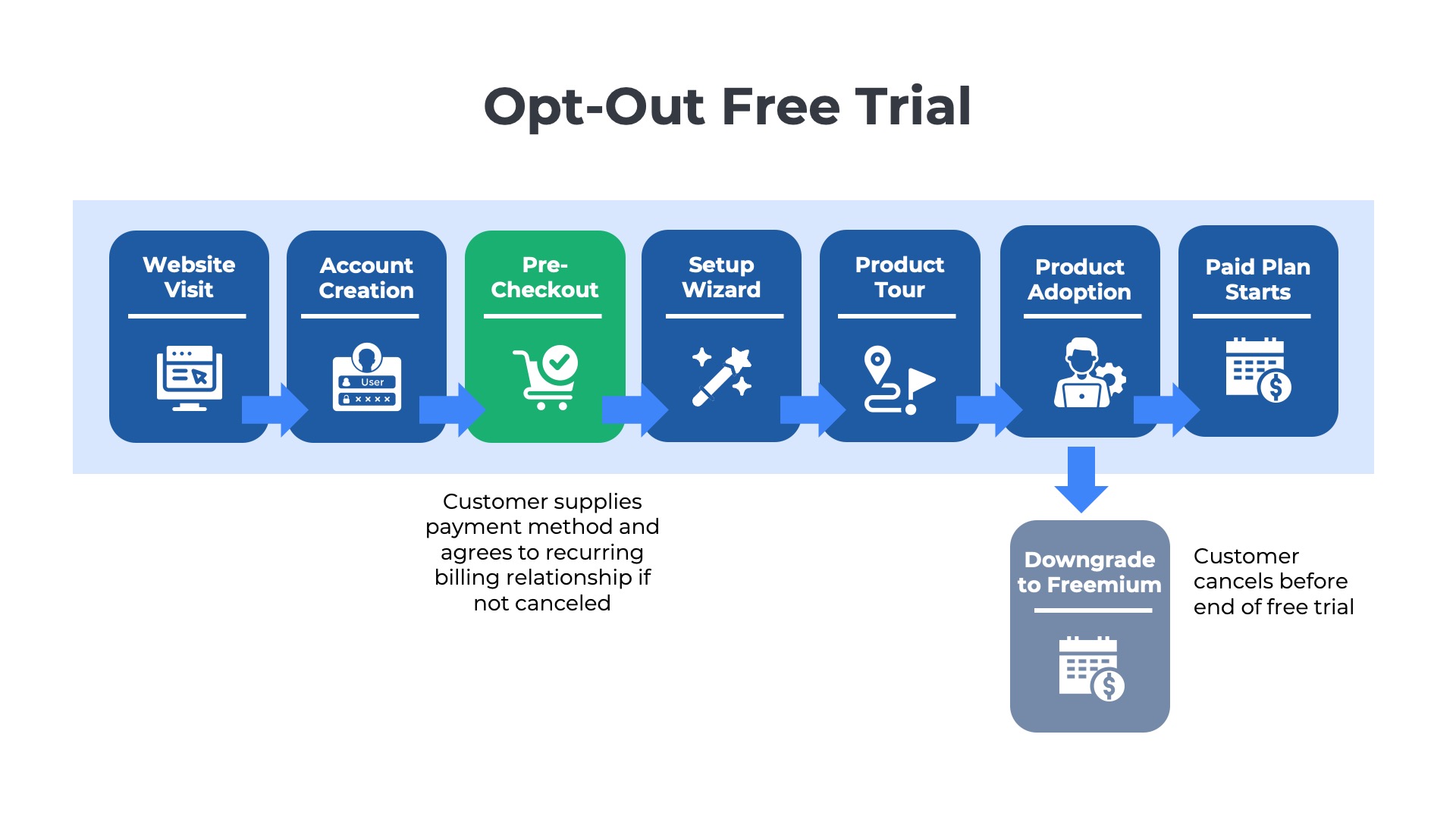
Opt-In
Payment Capture and Checkout at the End of the Trial
The customer signs up for a free trial, which automatically downgrades to the freemium plan on the trial end date. Throughout the trial period, the customer is encouraged to upgrade to a paid version. However, they must take action to opt in. In this model, there is no checkout process until the customer decides to upgrade. The strategy is to minimize friction with the free trial registration and get the user hands-on with the product as quickly as possible.
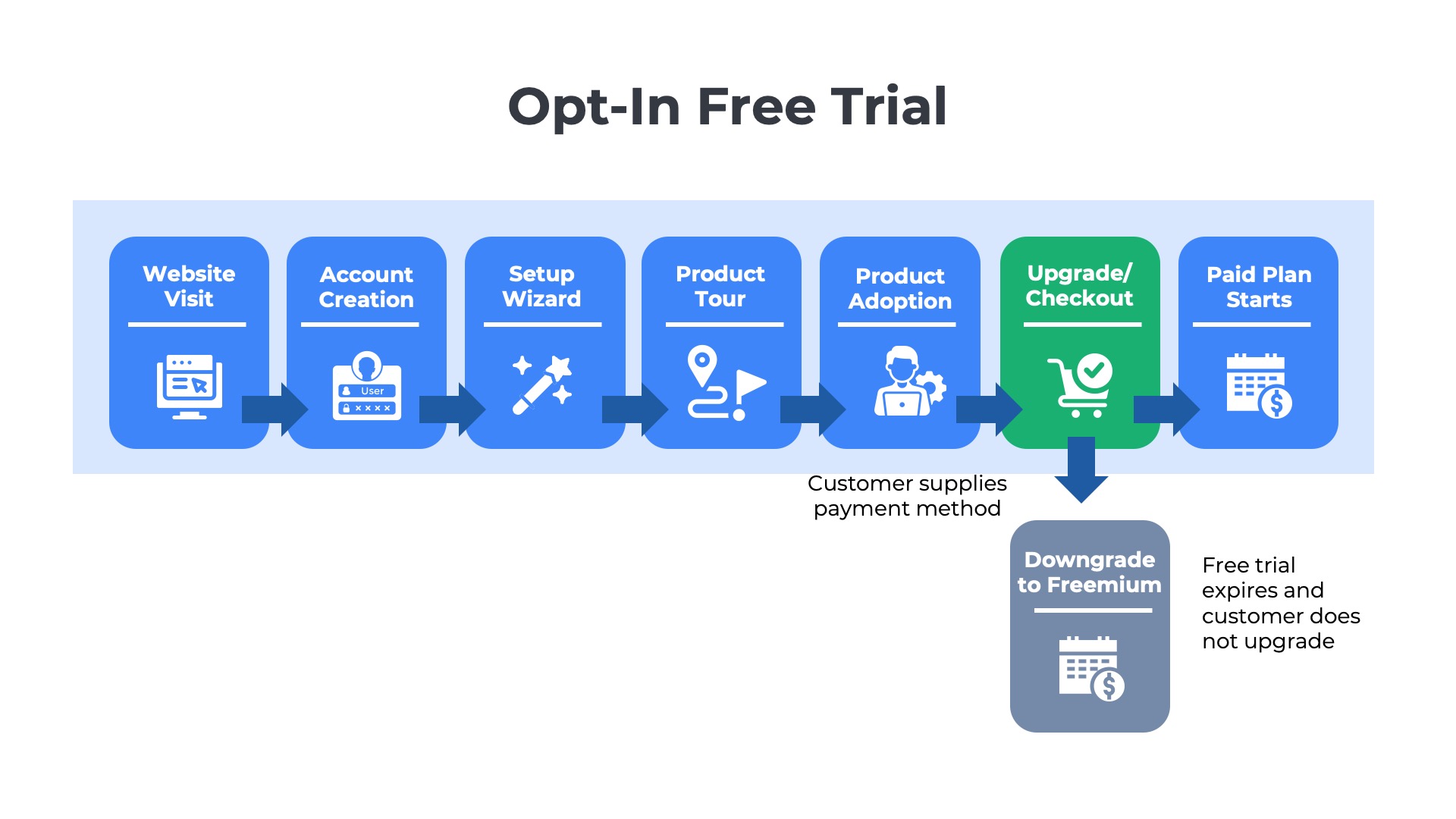
Download the How Free Trials Work ebook to learn more.
Frequently Asked Questions
How do SaaS free trials work?
A SaaS free trial is a limited-time offer that lets users explore the software before committing to a subscription. It’s a way to showcase features, build trust, and encourage sign-ups for paid plans.
What is a good SaaS free trial conversion rate?
A healthy trial-to-paid conversion rate ranges from 15%–25%, though products with strong onboarding and clear value propositions can hit 30% or higher.
How long should a SaaS free trial last?
Common trial lengths are 7, 14, or 30 days. The right duration depends on how quickly users can see value and how complex your product is.
What’s the difference between a free trial and freemium?
A free trial offers full access for a set time, while freemium provides an always-free plan with limited features.
Should I require a credit card for a SaaS free trial?
Requiring a credit card can increase conversion rates but may reduce sign-ups. Many companies test both approaches to see which works best.
How can I improve SaaS free trial conversions?
Use guided onboarding, send targeted emails, highlight quick wins, and personalize follow-ups to help users reach the “aha” moment faster.
What metrics should I track during a free trial?
Monitor activation rate, usage frequency, feature adoption, trial-to-paid conversion, and post-conversion retention.
Do SaaS free trials help reduce churn?
Yes — they attract more qualified customers who are less likely to churn because they’ve already experienced the product’s value.
What happens after a free trial ends?
You can prompt for payment, auto-upgrade to a paid plan, or downgrade users to a limited free tier to keep them engaged.
Is a 7-day SaaS trial too short?
For simple tools, 7 days can work well to create urgency. More complex products may require 14–30 days for full evaluation.

